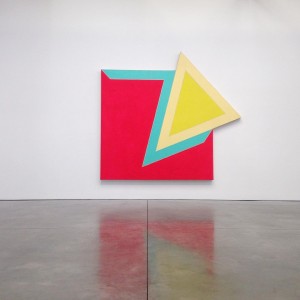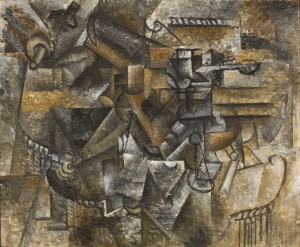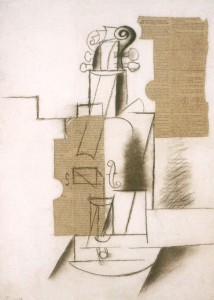
Proven Objectivity
Hegel believed that it was incumbent on anything that wanted to be taken seriously to “prove its object,” which is to say, to show itself to be the kind of thing that it in fact is. I am enough of a Hegelian (and a modernist) to feel that art must still “prove its object,” each work somehow making visible a claim for its existence as a work of art rather than some other sort of thing. I take it that what Fried has wanted to show us, not only in his early writings but throughout his art-historical career, is that such “objectivity” is at consequential odds with mere “objecthood,” and that both art and art history need to be clear about those stakes, at least if they hope to be taken seriously.




